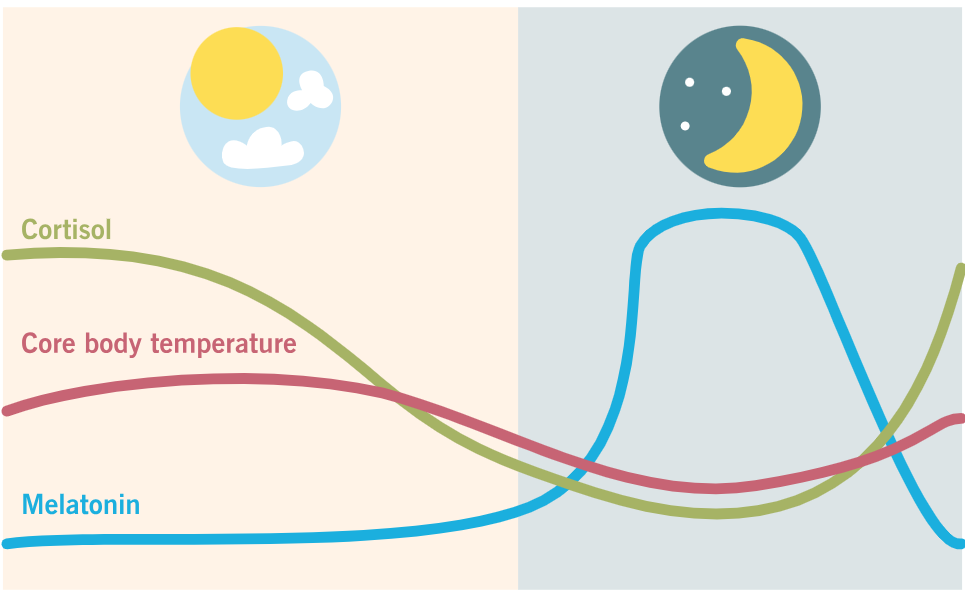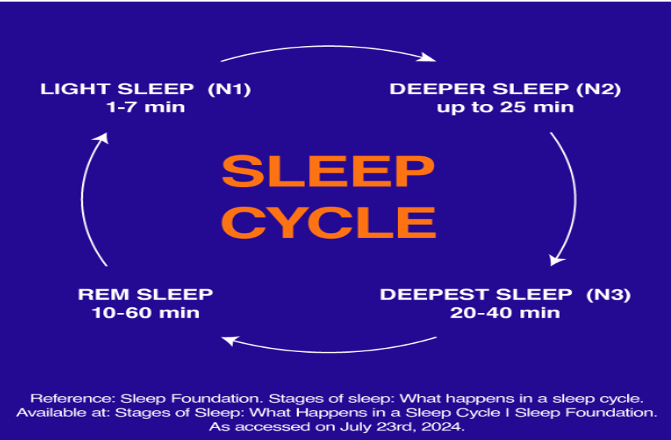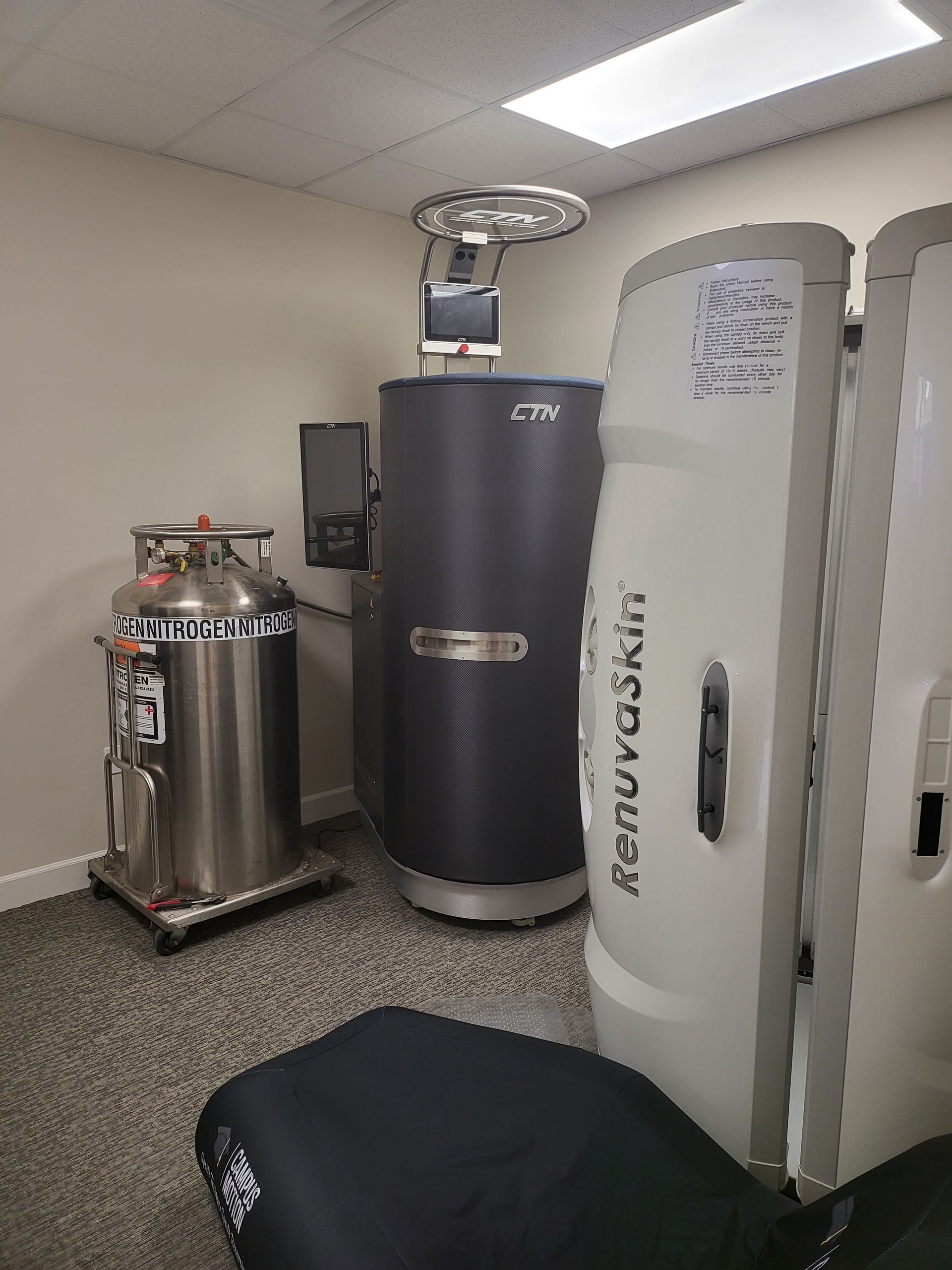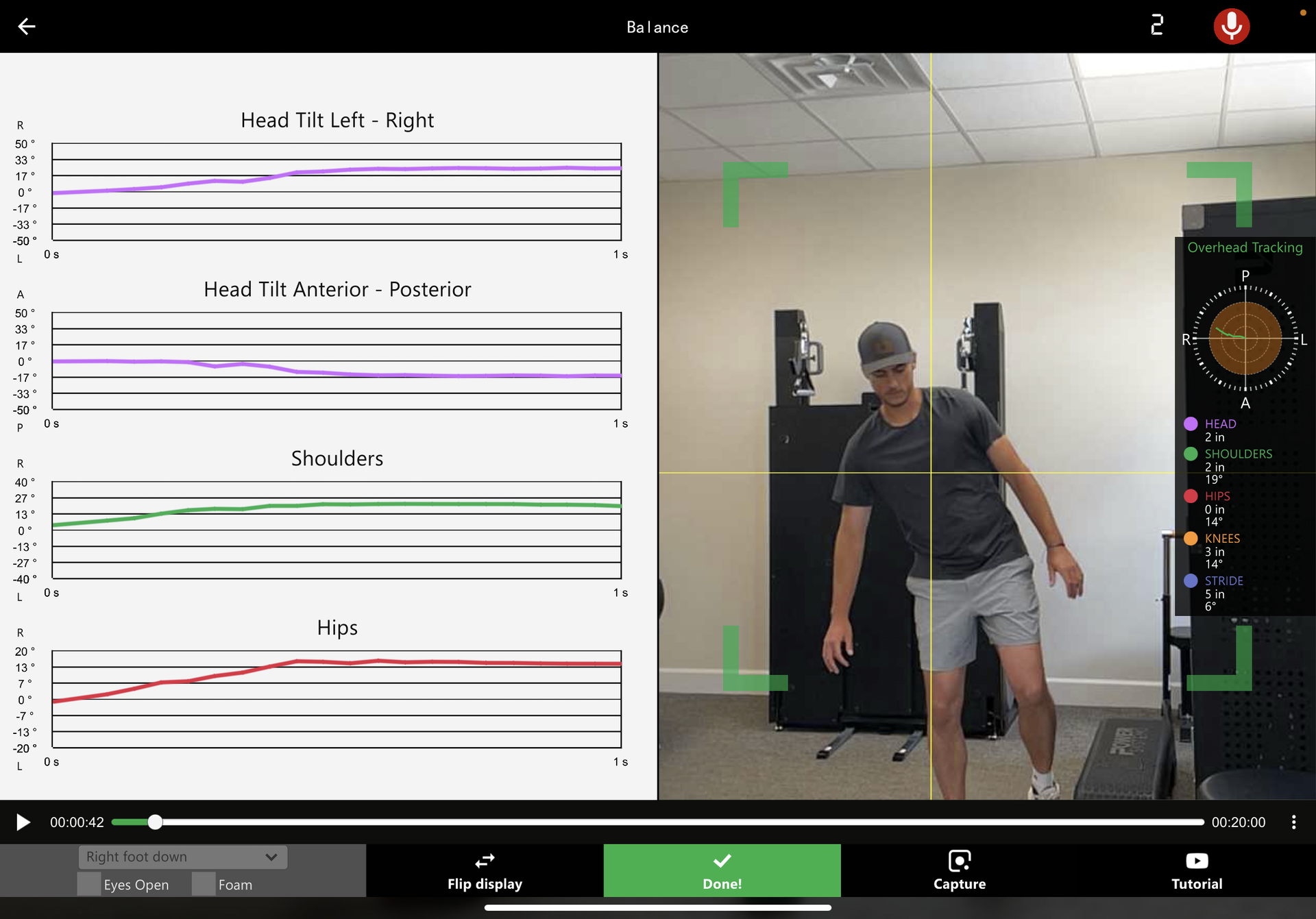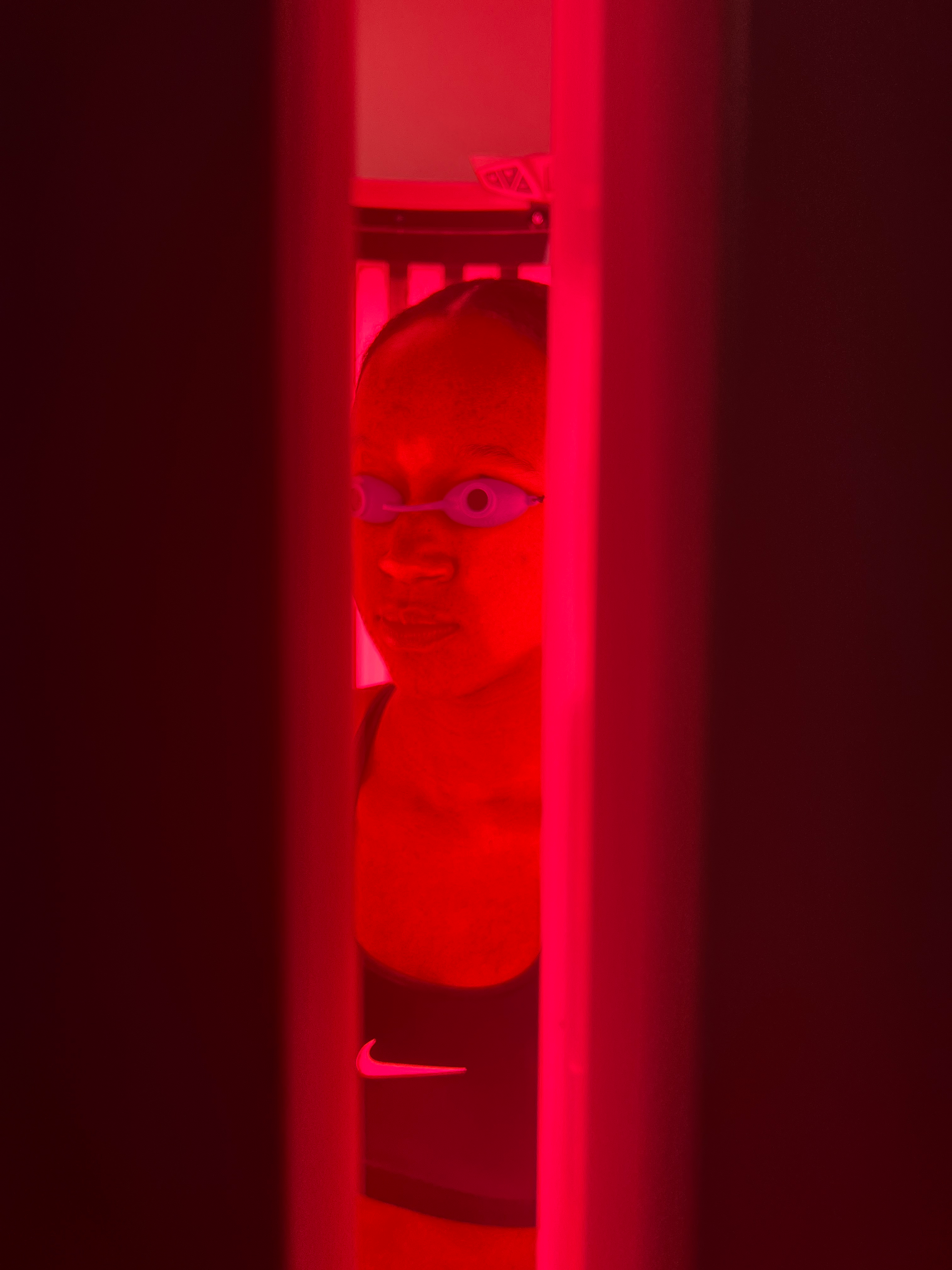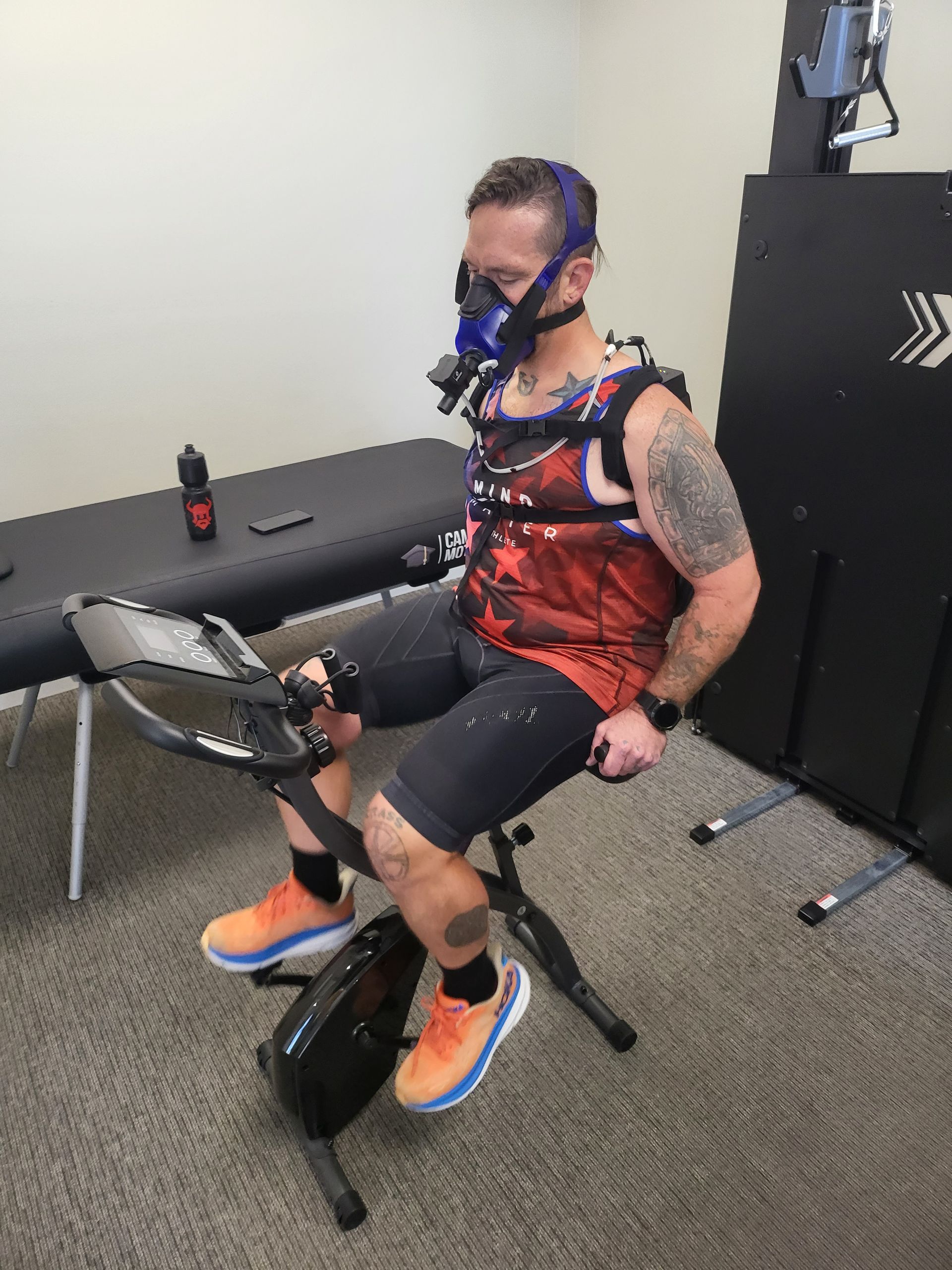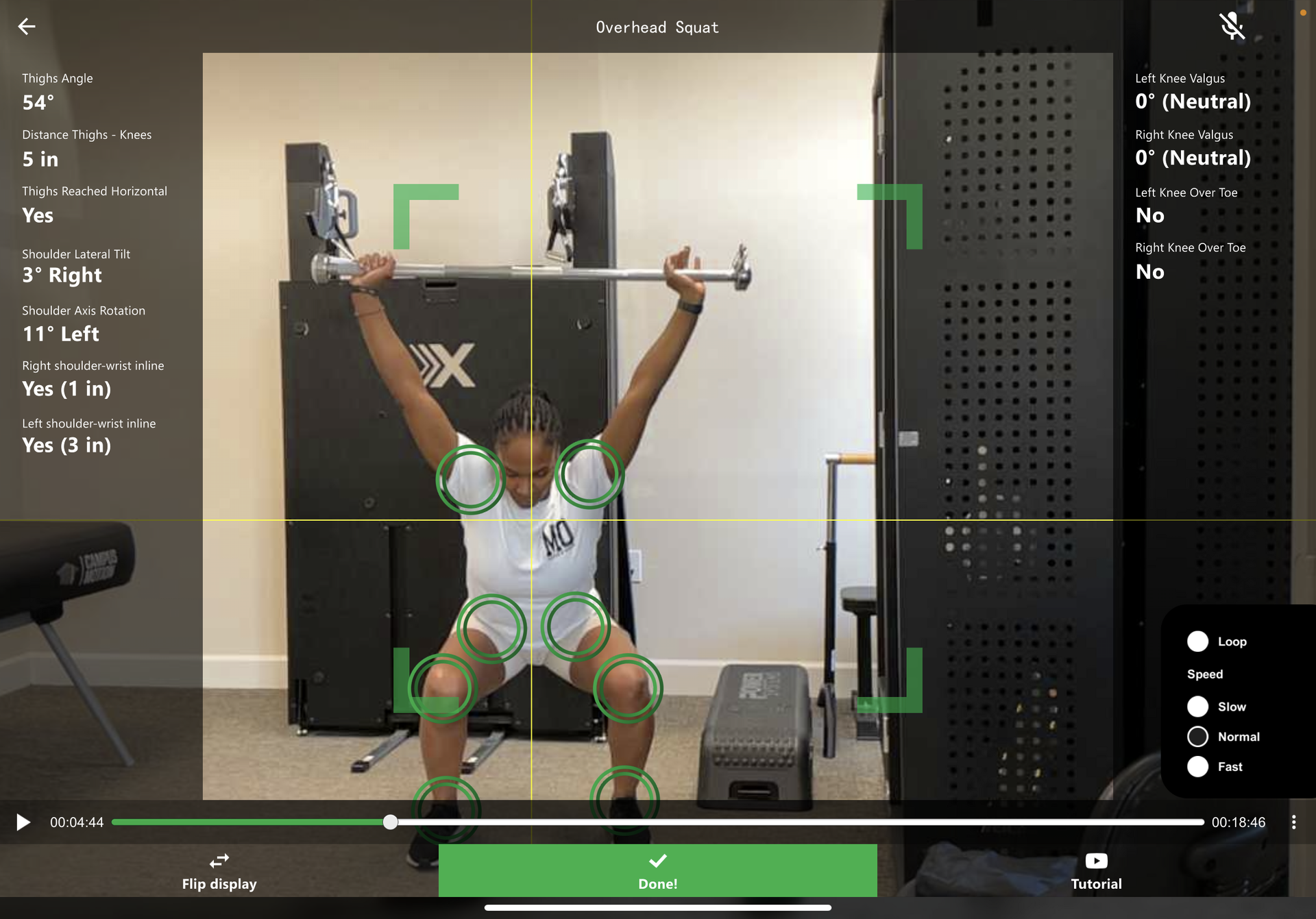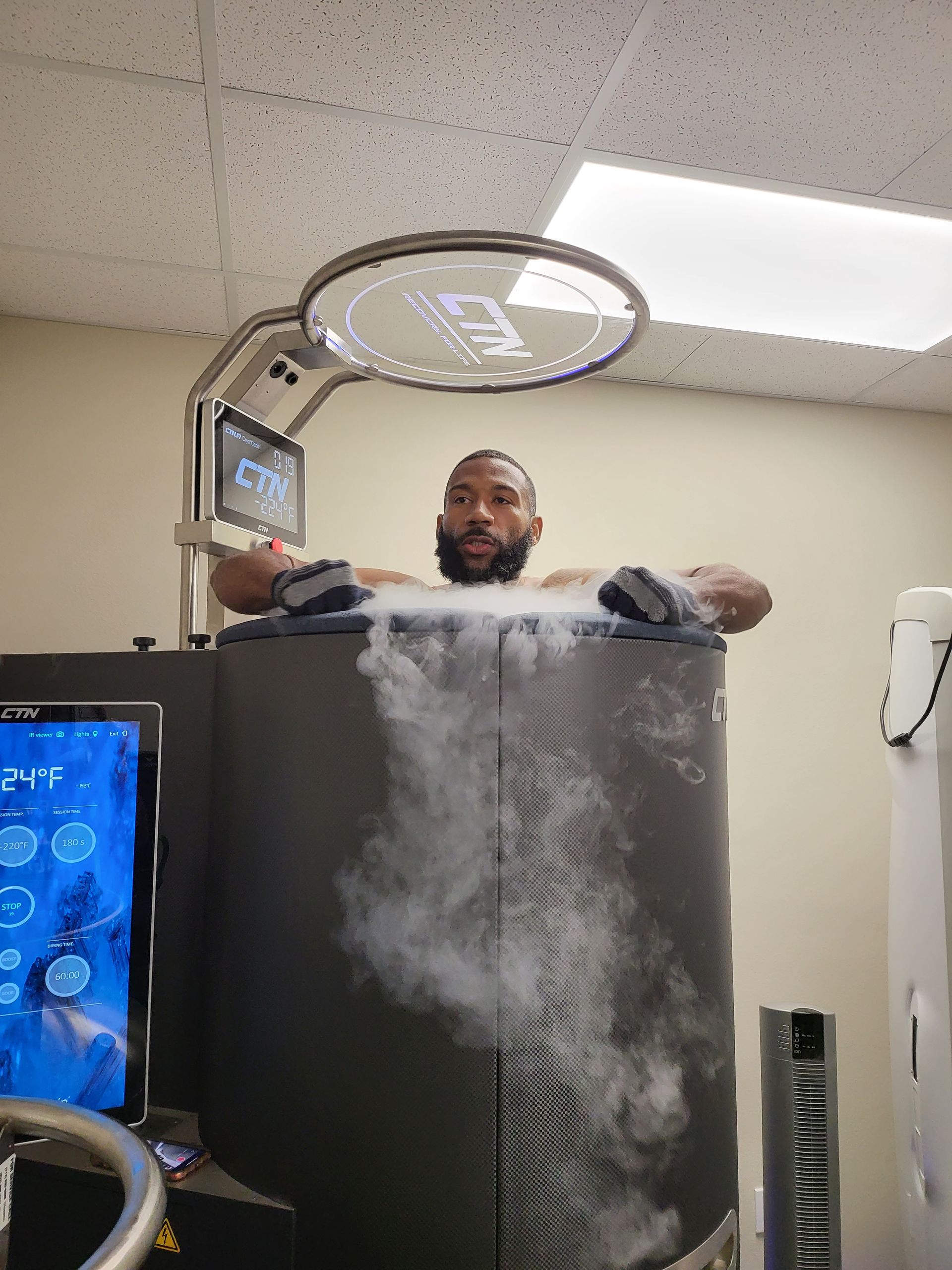5 Tips For Treating Shin Splints
5 Tips On How To Fix Shin Splints Fast
If you're a runner, athlete, or just someone who enjoys walking or jogging, you might have experienced the painful and frustrating condition known as shin splints. Shin splints are typically caused by overuse or repetitive stress on the shinbone, and can be aggravated by flat feet, worn-out shoes, or poor running mechanics. While rest and time are usually the best remedies for shin splints, there are some things you can do to speed up the healing process and get back to your activities faster. In this blog post, we'll share some effective ways to treat shin splints, so you can get back on track as soon as possible.
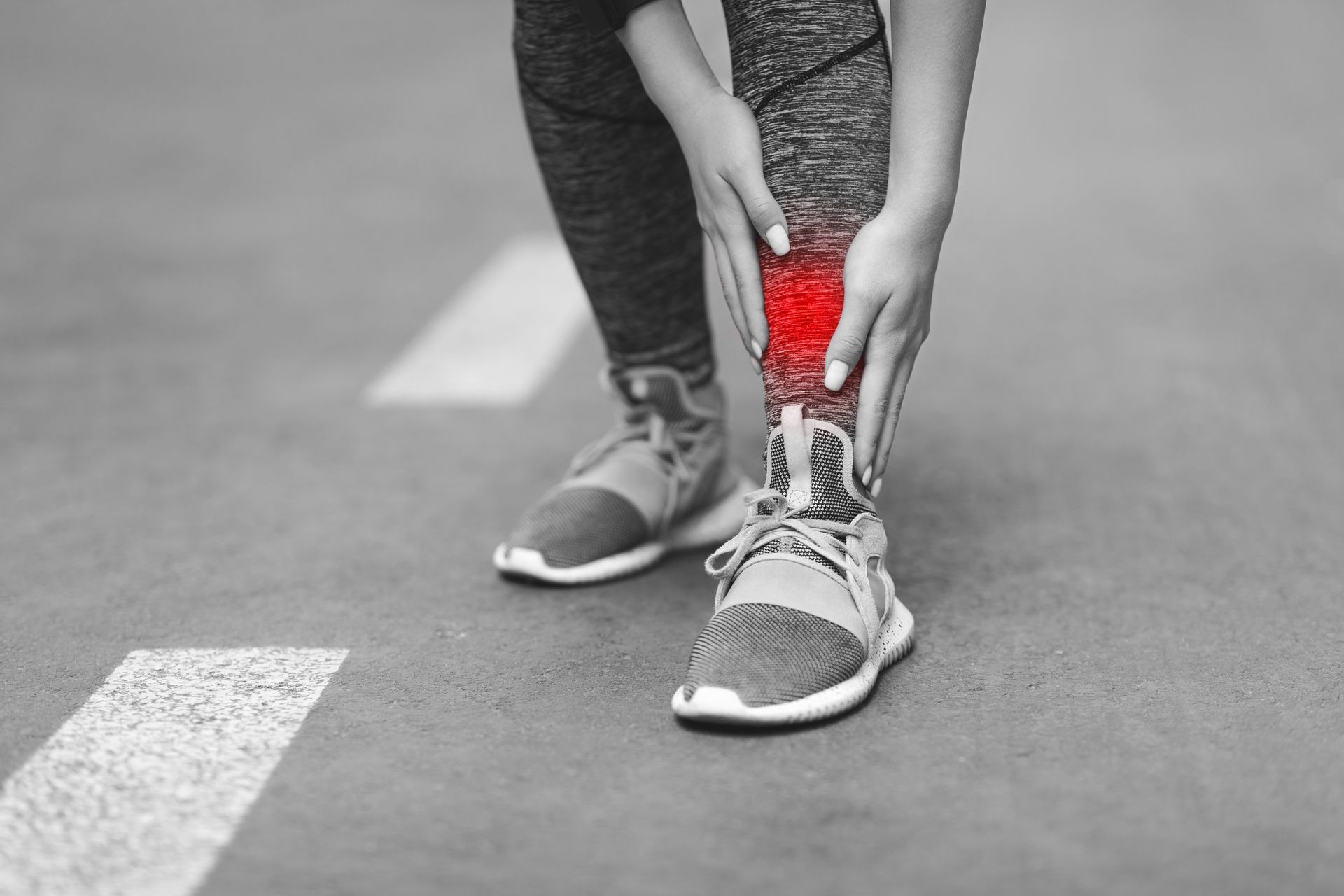
1. R.I.C.E. Method
One of the most effective ways to treat shin splints is to use the R.I.C.E. method. R.I.C.E. stands for Rest, Ice, Compression, and Elevation, and is a common treatment method for various types of injuries. Rest is essential to allow your body to heal and recover from the injury. Ice helps reduce inflammation and pain by constricting blood vessels in the affected area. Compression helps reduce swelling and pain by applying pressure to the injured area. Elevation helps reduce swelling by promoting the flow of blood and fluids away from the injured area.
To apply the R.I.C.E. method to your shin splints, start by resting and avoiding any activities that exacerbate your pain. Apply ice to the affected area for 15-20 minutes at a time, several times a day. Use a compression wrap or sleeve to provide gentle pressure to the area, and elevate your leg above heart level whenever possible.
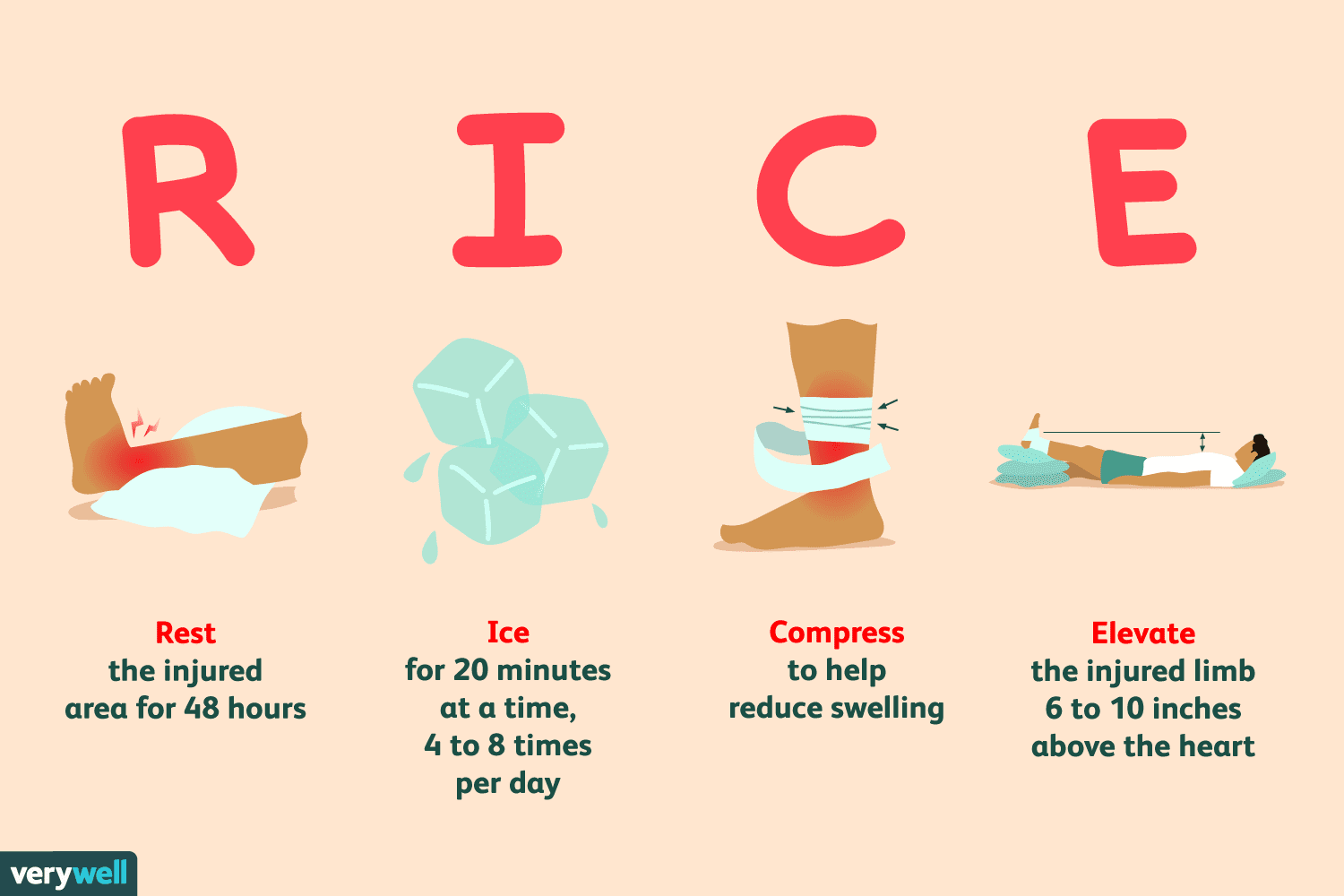
2. Stretching and Strengthening Exercises
Stretching and strengthening exercises can also help you treat shin splints. Tight calf muscles, weak ankle muscles, and inflexible hips can all contribute to the development of shin splints. By addressing these issues through targeted exercises, you can alleviate pain and promote healing.
Some exercises to try include calf stretches, toe raises, ankle dorsiflexion, and hip stretches. Be sure to warm up before doing any exercises and start with low intensity and gradually increase as you progress. A sports physical therapist can help you outline a rehabilitation program.
3. Assess Your Footwear
Worn-out shoes or shoes that don't fit properly can contribute to the development of shin splints. If you're looking to treat shin splints, consider investing in a new pair of shoes that provide adequate support and cushioning for your feet.
4. Use Topical Pain Relief Products
There are many topical pain relief products that can help alleviate pain and discomfort associated with shin splints. Some popular options include pain-relieving gels, creams, and ointments that contain menthol, camphor, or lidocaine.
5. See a Sports Medicine Professional
If your shin splints persist or worsen despite these remedies, it's important to see a sports medicine professional for further evaluation and treatment. They can provide a proper diagnosis and recommend additional treatments such as physical therapy or orthotics.
Conclusion
To sum it up, while shin splints can be a frustrating and painful condition, there are several effective ways to alleviate the symptoms and speed up the healing process. By incorporating the tips outlined in this article, you can give your body the best chance to recover quickly and prevent future shin splints from occurring. Remember to listen to your body and take the necessary time to rest and recover, and with patience and persistence, you can overcome shin splints and get back to the activities you love.
Contact us today if you are struggling with shin splints and are looking to accelerate your recovery and improve your performance.
